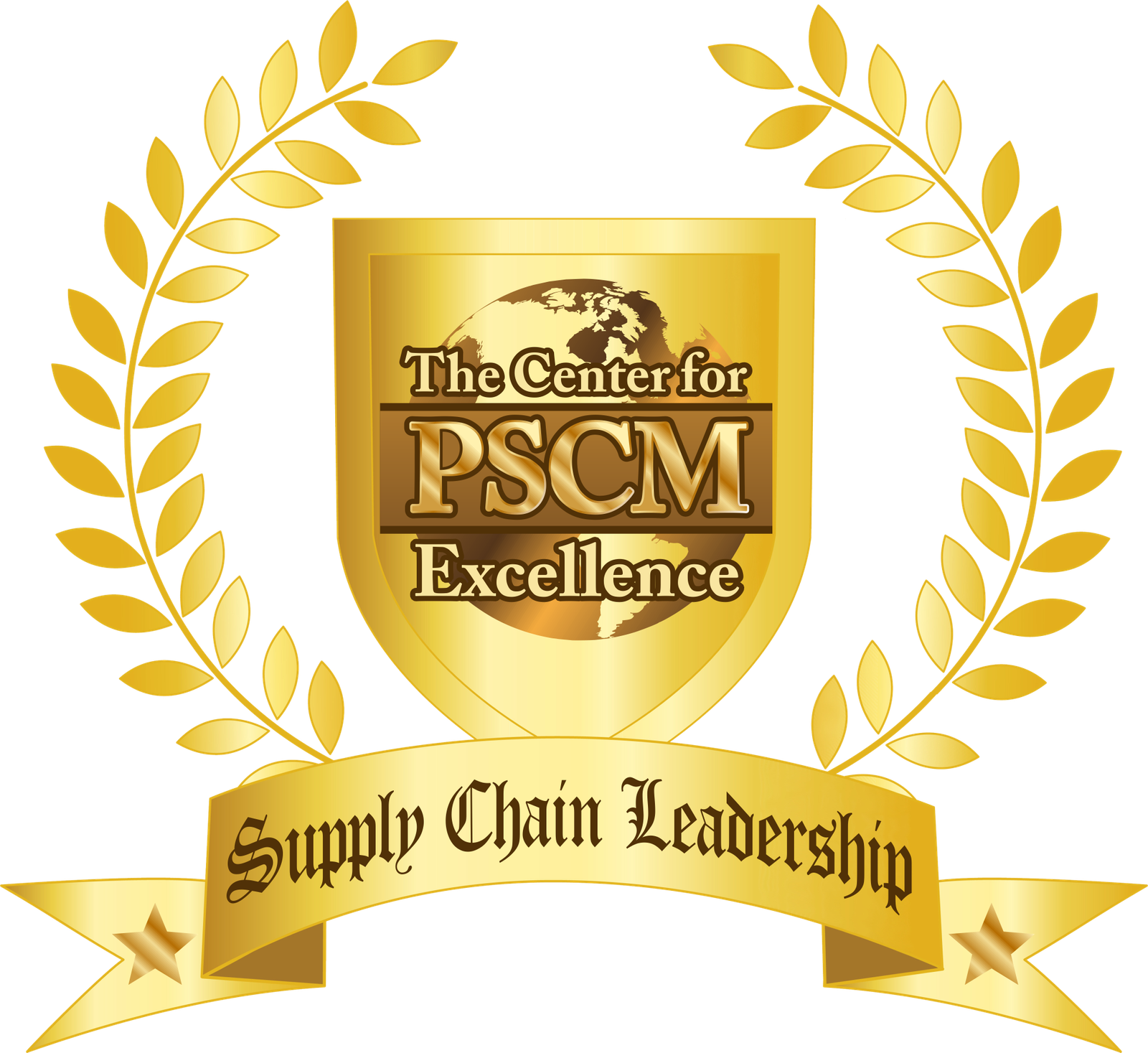We talked earlier about purchasing professional’s biggest enemy being a lack of contract knowledge, thinking a contract approved by the legal department  is a good contract, and using contracts as seat belts instead of as anti-lock brakes – resulting in endless time spent putting out fires in your day job.
is a good contract, and using contracts as seat belts instead of as anti-lock brakes – resulting in endless time spent putting out fires in your day job.
Now let’s take a different angle.
What is your purchasing organization doing wrong? Well, to be totally honest, probably a lot of things. After all, we all landed in this profession by accident, and then we report to people who landed in it by accident.
And eventually purchasing reports to somebody who never landed in it at all, doesn’t understand the function, and would rather see a proctologist than listen to a presentation on why purchasing is important. Let’s not even go there.
So what’s the biggest issue facing purchasing organizations today? Supply chain management, right? Green business? No, these are really important, and becoming more important, but those are not today’s most pressing problems.
The most pressing problem is purchasing organizations operating in silos. That’s it. I know of a business that is comprised of 72 divisions. All of those divisions are basically doing the same things, and are definitely buying the same things.
But guess what? Each one of those 72 divisions has their own buyers. And each buyer will claim that their needs are “different”.
Do those buyers report centrally into one purchasing director? Heck no. They report up into the president for each division of this conglomerate. And do you think a president, with his or her own budget and “unique” needs will want someone else buying their things? Heck no.
Egos get in the way, “not invented here” gets in the way, reporting structures get in the way, perceived differences get in the way, but most of all…..organizational centric thinking gets in the way.
As a purchasing professional, you just cannot focus on what’s good for you or your department or every your division. You have to focus on what’s good for the entire company or agency, with the largest possible definition for “company” or “agency” as possible.
The focus has to be on the REAL customer. What would they want you to do?
But who is your real customer? The person who generated the demand? Wrong. That is the end user.
Your REAL customer is the tax payers in the public sector, the board of directors and stock holders for publicly owned companies, and the ownership of the company for privately held companies. Period.
All that matters is what benefits them, provided of course you are operating legally, ethically, and doing things that are right for the environment and the local business community.
Now think about if these 72 divisions acted as one. You could probably slash their headcount by 90% and get better results. People don’t have to get laid off, they could get allocated to other more value added positions in the organization.
Think about how much sense it makes to put out 72 RFPs for the same thing instead of doing it once. Think about how much sense it makes to individually assess ePurchasing solutions and individually fund – or not fund – them, and then have different instantiations in place.
Just imagine if your household was comprised of six people, and all of them would buy milk in 8 ounce containers at local mini-marts, for their individual needs, instead of one of you buying them in one or two gallon packs from a large supermarket. Repeat this process for all household purchases. Everyone acting in their own personal interest.
How much redundancy would there be? What could those other five people be doing with their time instead? How much cheaper would these items be if you bought them once to meet household needs? How much more organized would your refrigerator be? How would you keep track of all those small containers and food items if you didn’t?
Does any of this sound sane to you? Well, chances are, it’s exactly what your company is doing today, in one form or another. And if you think they are not, then look bigger picture.
Ask the question, is your ENTIRE company, inclusive of sister organizations, parent organizations, etc buying everything it could centrally?
Now by “buying”, I mean putting assessing demand and putting contracts in place for the entire company. The actual buying against that contract would happen regionally of course.
Think of the whole US government. Why do we need more than two contracts for office supplies? Janitorial supplies? White boards? Cubicles? I’m being serious. I say ‘two’ because if one vendor has a hiccup, you want the other one to be able to cover demand. But why can’t we do this for all of our national expenditures?
I bet there’s more money here than in healthcare reform. I bet there are thousands of little contracts negotiated and being negotiated out there, just for office supplies for various divisions and agencies of the US Government. Why can’t we get our act together and act as one?
This is not a gripe session, far from it. And this is not just aimed at the public sector either. I’m trying to get you to think big picture. This applies everywhere.
And if you say “our company/agency/organization is different, we don’t do things that way,” then unfortunately you are allowing yourself to be a part of the problem and not a part of the solution.
Go make a difference. Nobody ever got anyplace without ruffling some feathers. Put your sights not just on what the end user wants, but moreso on what the REAL customer wants… or should want and doesn’t know it. If they don’t know it, it’s your job to tell them.
Be your best, and talk with you next week!


